10 Spices That Will Transport Your Palate to North Africa!
Table of Contents
- Introduction
- The Top 10 Spices in North African Cuisine
- Comparison Table: Flavor Profiles and Uses
- Buying Guide for Authentic North African Spices
- Practical Tips for Cooking with North African Spices
- Conclusion
Introduction
There’s something magical about the aroma of a simmering tagine or the earthy depth of a freshly ground ras el hanout. North African cuisine is a vibrant tapestry woven from centuries of spice traditions, each region contributing its own unique twist to the culinary world. Whether you’re an amateur enthusiast looking to add some global flair to your meals or a seasoned professional eager to refine your craft, understanding the role of spices in this rich tradition is essential.
In this blog post, we’ll dive deep into ten indispensable spices that define North African cooking. We'll explore their origins, flavor profiles, and practical uses. Plus, we’ve included a buying guide to help you source authentic spices and tips for integrating them seamlessly into your kitchen.
The Top 10 Spices in North African Cuisine
1. Ras El Hanout
Ras el hanout translates to “head of the shop,” signifying the finest blend a spice merchant has to offer. This aromatic mixture often includes cardamom, cinnamon, cumin, coriander, nutmeg, and turmeric. Its complex profile makes it perfect for everything from roasted meats to vegetable dishes.
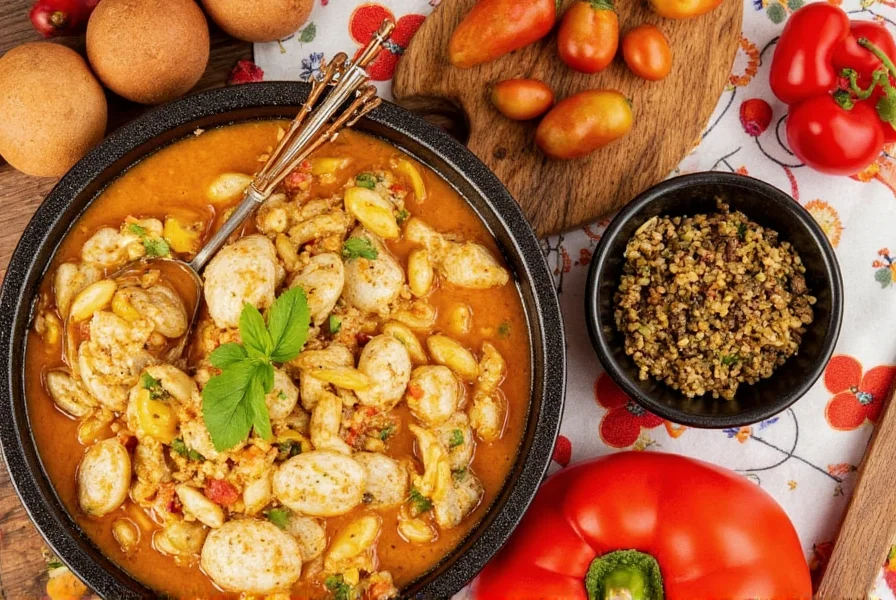
2. Cumin
Cumin is one of the most widely used spices in North African cuisine. It adds a warm, earthy note to soups, stews, and couscous preparations. Ground cumin is especially popular in Morocco and Tunisia.
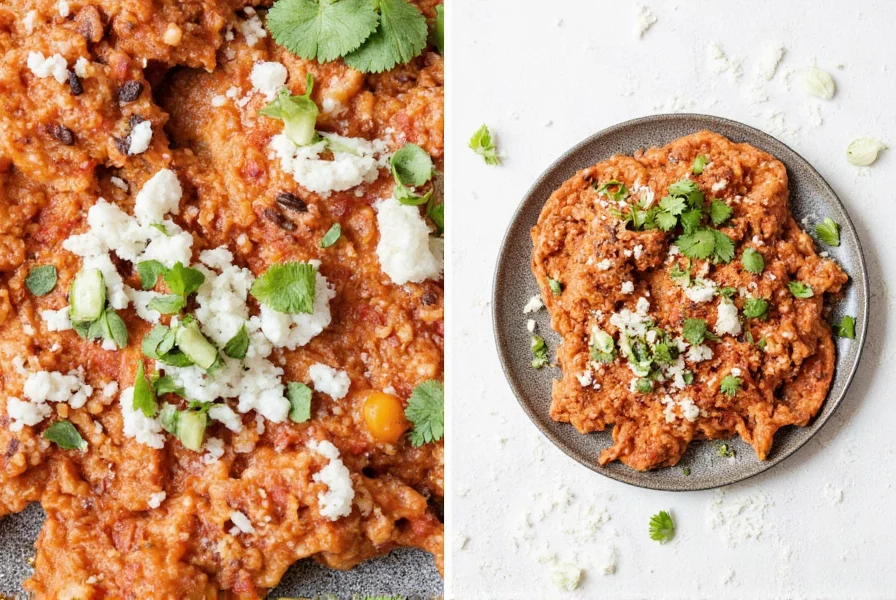
3. Saffron
Saffron lends a luxurious golden hue and delicate floral aroma to dishes like chicken tagines and pilafs. Although pricey, a little goes a long way in elevating any dish.
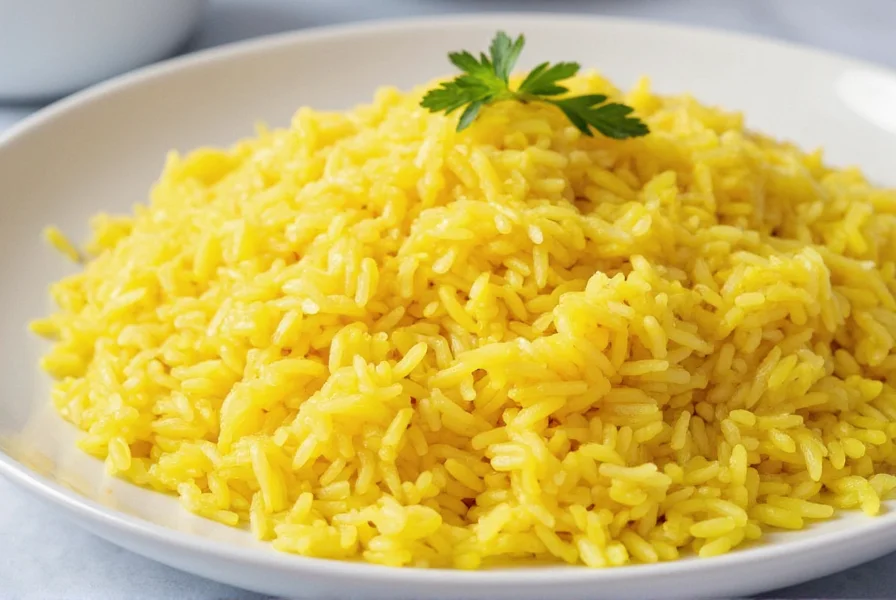
4. Paprika
Paprika brings sweetness and mild heat to North African recipes. Hungarian and Spanish varieties are commonly used, but local versions also exist across the Maghreb.
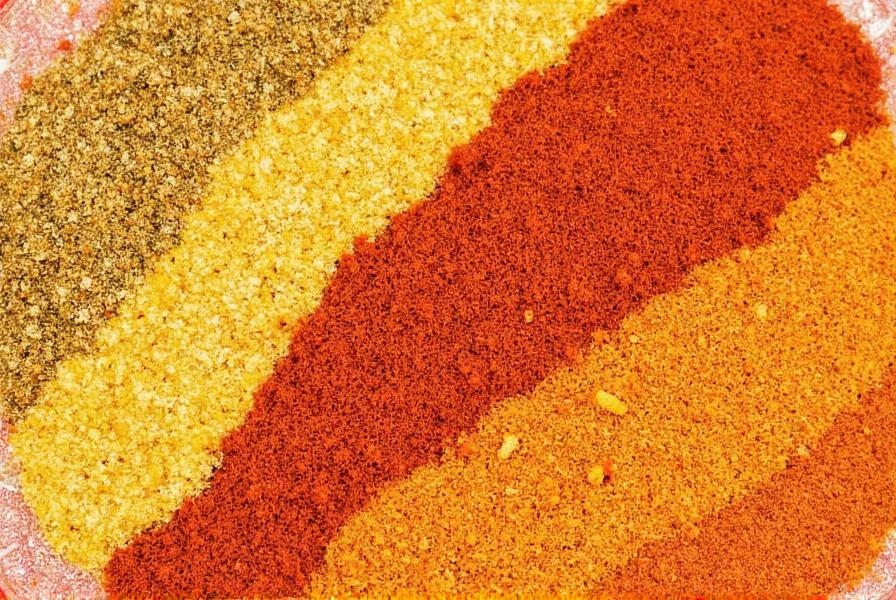
5. Turmeric
Turmeric not only enhances color but also imparts a slightly bitter, peppery taste. It pairs beautifully with rice-based dishes and marinades.
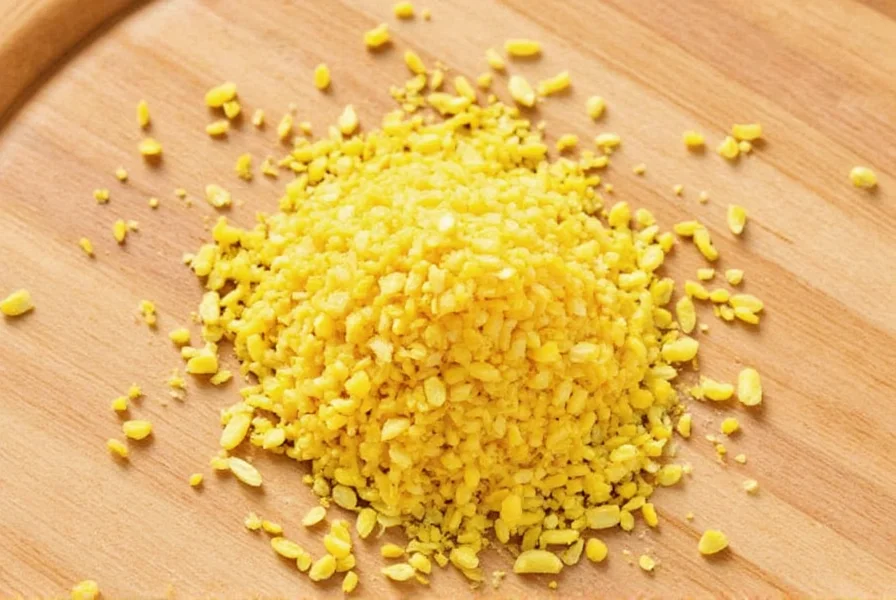
6. Coriander
Fresh coriander leaves and ground seeds are staples in North African kitchens. They contribute citrusy freshness and grounding warmth to both savory and sweet dishes.
7. Ginger
Ginger provides zesty kick and pairs exceptionally well with citrus flavors in tagines and harira (Moroccan soup). Fresh ginger root is preferred over dried powder for its intense flavor.
8. Cinnamon
From spiced teas to lamb tagines, cinnamon plays a dual role in sweet and savory applications. Stick form retains more aroma compared to ground cinnamon.
9. Harissa
This fiery chili paste originated in Tunisia and has become a pantry staple across North Africa. Made from red peppers, garlic, and caraway seeds, it adds bold heat and tanginess.
10. Fenugreek
Fenugreek seeds impart a nutty, maple-like sweetness and are frequently used in slow-cooked dishes such as chickpea stews.
Comparison Table: Flavor Profiles and Uses
| Spice | Flavor Profile | Common Uses |
|---|---|---|
| Ras El Hanout | Complex, aromatic | Meats, vegetables, grains |
| Cumin | Earthy, warm | Stews, couscous, soups |
| Saffron | Floral, slightly bitter | Rice dishes, tagines |
| Paprika | Sweet, mildly spicy | Marinades, sauces |
| Turmeric | Bitter, peppery | Rice, marinades |
Buying Guide for Authentic North African Spices
When shopping for spices, quality matters. Here's what to look for:
- Source Matters: Look for brands that specialize in regional spices or visit ethnic markets for fresher options.
- Freshness Counts: Whole spices retain their potency longer than pre-ground powders; grind them yourself just before use.
- Authenticity: Ensure labels specify the origin—for example, Tunisian harissa or Moroccan ras el hanout.
- Storage Tips: Store spices in airtight containers away from sunlight and moisture to preserve their flavor.
Practical Tips for Cooking with North African Spices
Ready to incorporate these spices into your cooking? Follow these tips:
- Toast whole spices lightly in a dry pan before grinding to release maximum flavor.
- Balance spice blends carefully—start with small amounts and adjust to taste.
- Experiment with pairing spices by tasting combinations directly on your tongue.
- Add spices at different stages of cooking to layer flavors effectively.
Conclusion
North African cuisine wouldn't be the same without its incredible array of spices. These ingredients do more than enhance flavor—they tell stories of trade routes, cultural exchanges, and generations of culinary innovation. By embracing the top 10 spices outlined here, you can bring the essence of North Africa right into your home kitchen. So go ahead, stock up on those spices, and let the adventure begin!










 浙公网安备
33010002000092号
浙公网安备
33010002000092号 浙B2-20120091-4
浙B2-20120091-4